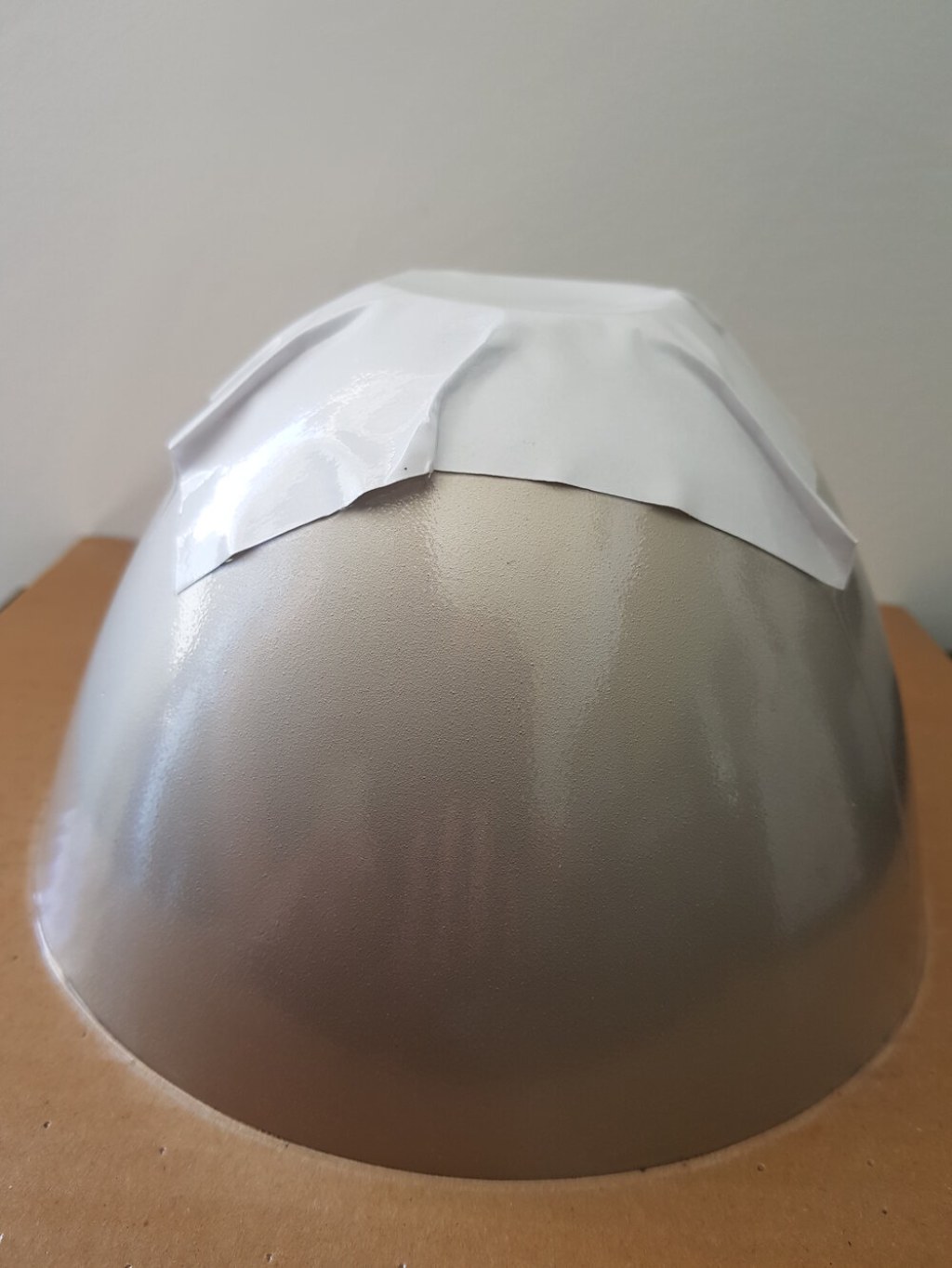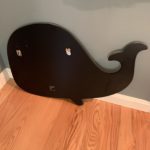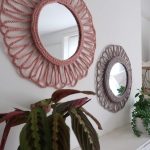Unlock Brilliance With The Ellipsoidal Mirror: Transform Your Reflections Today!
Ellipsoidal Mirror: Unveiling the Secrets of Curved Reflection
Greetings, Nice Peoples! Today, we will delve into the fascinating world of ellipsoidal mirrors. These remarkable optical devices have revolutionized various fields, from astronomy to theater lighting. Join us as we uncover the intricacies and applications of this curved wonder!
Introduction
The ellipsoidal mirror, also known as an ellipsoidal reflector or a reflector spotlight, is an optical instrument that produces parallel beams of light through reflection. It is widely used in industries where precise and focused lighting is essential, such as stage lighting, photography, microscopy, and astronomy. This article will explore the history, construction, working principle, advantages, and disadvantages of ellipsoidal mirrors, shedding light on their significance in various fields.
2 Picture Gallery: Unlock Brilliance With The Ellipsoidal Mirror: Transform Your Reflections Today!


What is an Ellipsoidal Mirror?
🔍 An ellipsoidal mirror is a type of curved mirror with an ellipsoidal shape, hence the name. It is made by cutting a section of an ellipsoidal shape and coating it with a highly reflective material, such as aluminum or silver. The reflective surface of the mirror focuses incoming light rays towards a focal point, resulting in a well-defined and concentrated beam of light.
Who Invented the Ellipsoidal Mirror?
🔍 The credit for inventing the ellipsoidal mirror goes to Victor Nizet, a French engineer who patented the design in 1905. Nizet’s invention revolutionized stage lighting, enabling theater productions to achieve precise and controlled lighting effects. Since then, the ellipsoidal mirror has become a staple in the entertainment industry, with theater and concert halls around the world relying on its capabilities.
When and Where are Ellipsoidal Mirrors Used?

Image Source: scene7.com
🔍 Ellipsoidal mirrors find applications in a wide range of industries and fields. In theater and stage lighting, they are used to project focused beams, create sharp edges, and control the direction of light. In photography, ellipsoidal mirrors are employed for studio lighting setups and product photography. They are also utilized in microscopy to enhance visualization and in astronomy to capture distant celestial objects with precision.
Why Choose Ellipsoidal Mirrors?
🔍 There are several reasons why ellipsoidal mirrors are favored over other types of lighting fixtures. Firstly, their ability to produce parallel beams and sharp edges allows for precise spotlighting and highlighting of specific areas. Secondly, they offer excellent light control, enabling designers to shape and direct light exactly where needed. Lastly, ellipsoidal mirrors are highly efficient, converting a significant portion of the input energy into usable light output.
How Do Ellipsoidal Mirrors Work?
🔍 The working principle of an ellipsoidal mirror is based on geometric optics. When a light source is placed at one of the foci of the ellipsoidal shape, the incoming rays reflect off the curved surface and converge at the other focus, creating a parallel beam. This focused beam can then be manipulated using various accessories, such as lenses, gobos, and shutters, to achieve desired lighting effects.
The Pros and Cons of Ellipsoidal Mirrors
Advantages
👍 Versatility: Ellipsoidal mirrors can produce a range of lighting effects, from sharp beams to soft washes, making them highly versatile in different applications.

Image Source: squarespace-cdn.com
👍 Precise Beam Control: The adjustable shutters and lenses of ellipsoidal mirrors allow for precise beam shaping and control, enabling designers to achieve intricate lighting arrangements.
👍 Energy Efficiency: Ellipsoidal mirrors are designed to maximize light output while minimizing energy consumption, making them an environmentally friendly lighting option.
👍 Longevity: With proper maintenance, ellipsoidal mirrors can have a long lifespan, providing reliable and consistent lighting for extended periods of time.
👍 Customization Options: These mirrors can be customized with various accessories, such as color filters and gobos, to create unique and captivating lighting effects.
Disadvantages
👎 Cost: Ellipsoidal mirrors can be relatively expensive compared to other lighting fixtures due to their specialized design and construction.
👎 Fragility: The delicate reflective coating of the mirrors can be easily damaged if not handled with care, requiring regular maintenance and cleaning.
👎 Limited Spread: While ellipsoidal mirrors excel at producing focused beams, they may not be the ideal choice for applications that require broad, diffused lighting.
👎 Size and Weight: The larger ellipsoidal mirrors can be heavy and cumbersome, posing challenges in terms of installation and positioning.
👎 Heat Generation: Ellipsoidal mirrors can generate a significant amount of heat, requiring proper ventilation and cooling measures to prevent damage to the fixtures and surrounding objects.
Frequently Asked Questions (FAQs)
1. Can ellipsoidal mirrors be used outdoors?
Yes, ellipsoidal mirrors can be used outdoors, but they require additional weatherproofing and protection from environmental elements.
2. Are ellipsoidal mirrors suitable for small venues?
Absolutely! Ellipsoidal mirrors come in various sizes, allowing them to be used in both large auditoriums and intimate settings.
3. Can ellipsoidal mirrors be used for underwater photography?
No, ellipsoidal mirrors are not designed for underwater use. They are primarily intended for above-water applications.
4. How often should I clean the reflective surface of an ellipsoidal mirror?
The frequency of cleaning depends on usage and environmental factors, but a general guideline is to clean the mirror surface every few months or as needed.
5. Are ellipsoidal mirrors compatible with LED lighting technology?
Absolutely! Ellipsoidal mirrors can be used with traditional incandescent bulbs as well as modern LED light sources, offering versatility in lighting options.
Conclusion: Unleash the Power of Curved Reflection
In conclusion, ellipsoidal mirrors have proven to be indispensable tools in various industries, offering precise and controlled lighting solutions. From theater performances to scientific research, these curved wonders continue to shape the way we perceive and interact with light. Whether it’s creating captivating stage effects or illuminating microscopic worlds, the ellipsoidal mirror stands as a testament to human ingenuity and the power of optics.
So go ahead, embrace the brilliance of ellipsoidal mirrors, and let your creativity shine!
Final Remarks
As with any sophisticated equipment, it is essential to seek professional guidance and expertise when working with ellipsoidal mirrors. Proper installation, maintenance, and adherence to safety protocols ensure optimal performance and longevity of these optical marvels. Always consult the manufacturer’s guidelines and industry best practices to make the most out of your ellipsoidal mirror experience. Happy lighting!
This post topic: Mirror

